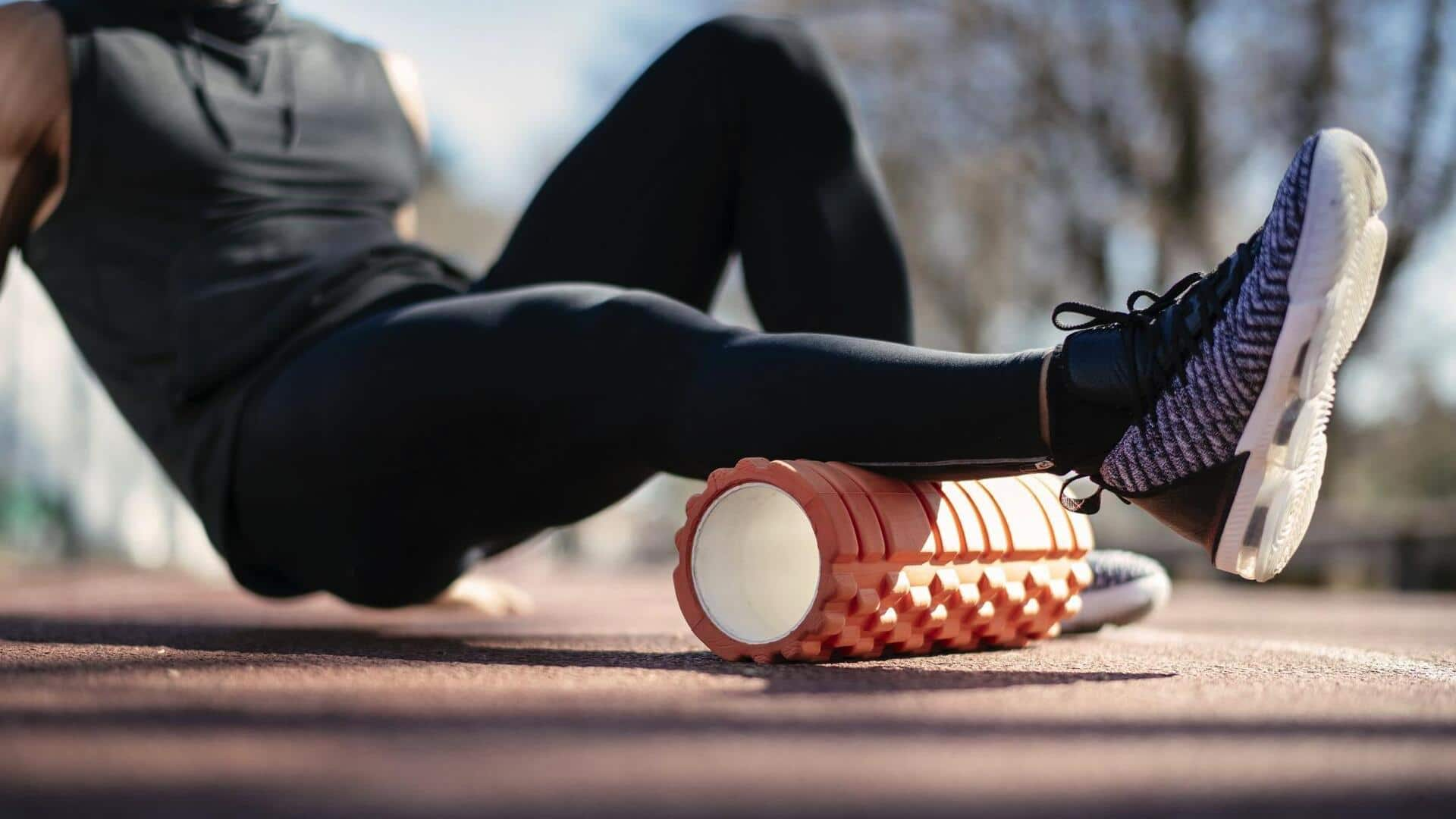
Exploring the world of foam rolling
What's the story
Foam rolling is a type of self-myofascial release technique that has become increasingly popular among athletes and those in the fitness community.
It involves using a foam roller to apply pressure to specific areas of the body, helping to alleviate muscle tightness, enhance flexibility, and promote recovery.
This article explores the reasons why you should include foam rolling in your exercise regimen.
#1
Enhances muscle recovery
Foam rolling can dramatically accelerate muscle recovery after an intense workout.
By exerting gentle pressure on tense muscles, it assists in dissolving knots and minimizing inflammation.
This not only facilitates rapid recovery but also primes your muscles for your subsequent workout session more efficiently.
Integrating foam rolling into your post-workout regimen can significantly enhance your bounce-back speed.
#2
Improves flexibility and range of motion
Consistent foam rolling over time can significantly improve your flexibility and range of motion.
When you roll over those tight spots, you're basically giving yourself a deep tissue massage.
This helps break up the muscle tightness and make them more elastic.
Ultimately, this will improve your performance in any physical activity over time by allowing for more significant movement without strain.
#3
Reduces risk of injury
By enhancing blood flow and alleviating muscle tension, foam rolling significantly contributes to injury prevention.
Increased circulation translates to improved oxygen supply to your muscles, aiding in their repair and fortification.
Plus, loose muscles are less likely to experience tears and strains during exercises or even routine tasks.
Incorporating foam rolling into your regular fitness routine can therefore assist in warding off injuries.
#4
Supports pain relief
Foam rolling benefits individuals with chronic muscle pain or fibromyalgia by addressing painful trigger points.
While not a panacea, many patients find it superior to rest for pain management.
Begin with light pressure, gradually increasing as tolerated to prevent discomfort.
Consistent practice can greatly assist in managing pain without inducing additional distress.